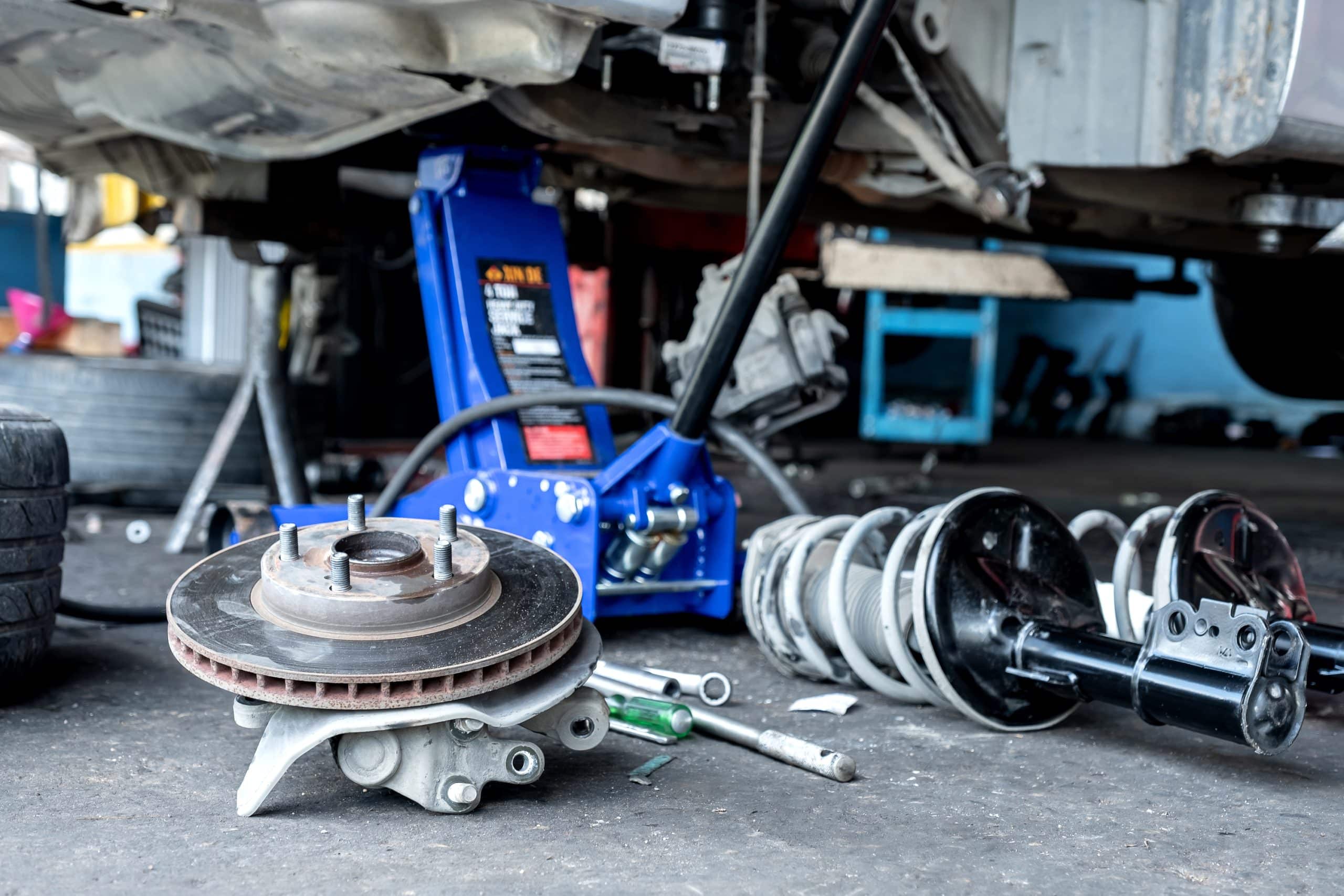For those of you who are passionate about driving, especially when it comes to high-performance vehicles such as the Porsche 911 GT3, you’ll know that there’s more to a good drive than just the specs of the car’s engine. One of the key factors that contribute to a car’s performance on the road or track is its suspension system. This article will discuss how advanced suspension geometry adjustments can enhance the cornering ability of the Porsche 911 GT3, discussing various components like the front and rear wheel camber, caster, and control arm settings. The information will be beneficial whether you’re a car enthusiast, a professional driver, or even an aspiring mechanic.
The Role of Suspension
Before we delve into the specifics, it’s critical to understand the role of a car’s suspension system. The suspension is responsible for the overall handling and control of the car, impacting the comfort of the ride, the grip of the tires, and the car’s performance at speed. These factors are essential when it comes to cornering, especially in a high-performance vehicle like the Porsche 911 GT3. Adjustments to the suspension geometry can adjust the car’s balance, enhancing its ability to navigate corners at high speeds.
A voir aussi : Which High-Performance Alternator is Suitable for Audio Upgrades in a Chevrolet Tahoe?
Camber Adjustments
One of the most important adjustments for cornering is the camber. The camber of a wheel is the angle made by the wheels of a car. This angle can be adjusted to be more negative or positive depending on the desired performance. Negative camber, where the top of the wheel is tilted inwards, can significantly enhance cornering. This is because when your Porsche 911 GT3 begins to corner, the negative camber will ensure that the tire remains flat on the road, providing a larger contact patch and therefore, more grip.
Adjusting the camber isn’t limited to just the front wheels. The rear wheels also play a crucial role in cornering. One technique that drivers use for better control is adjusting the rear wheels to have a slightly less negative camber than the front. This configuration enables the rear of the car to slide a little more, which can help the car rotate around corners.
A voir aussi : What’s the Most Effective Sound Insulation Material for a Quiet Ride in a Range Rover Sport?
Caster Adjustments
The caster angle is another vital aspect of suspension geometry. This refers to the angle of the steering axis, which is the axis around which the wheel turns. The caster can have a significant impact on the stability of your Porsche, especially at high speeds.
Increasing the positive caster, which leans the top of the steering axis towards the rear of the car, can provide numerous benefits. It can improve straight-line stability, making it easier to keep your car on track. More importantly, it increases negative camber during turns, enhancing grip and making it easier to steer around corners.
Control Arm and Bushings Modifications
The control arm and the bushings are essential parts of the suspension system. They link the wheel hub and the car body, allowing for the motion of the wheels. Modifying these components can have a significant impact on your car’s handling.
For instance, installing a lower control arm can lower the car’s center of gravity, enhancing stability and improving cornering. Furthermore, using stiffer bushings can reduce the car’s body roll during cornering, enhancing the overall stability and control. However, it should be noted that while stiffer bushings improve performance, they may also result in a rougher ride.
Tire Choices and Tire Pressures
The final aspect of enhancing cornering in your Porsche 911 GT3 involves your tires. The type of tire you choose, as well as the tire pressure, can make a significant difference in your ability to navigate corners.
High-performance tires are designed to provide maximum grip, which is critical when navigating corners at high speeds. Additionally, adjusting tire pressures can help optimize the contact patch of the tire with the road, enhancing grip and control during cornering.
In conclusion, optimizing the suspension geometry of a Porsche 911 GT3 can significantly enhance its cornering performance. Whether you’re going for a spirited drive on your favorite road or pushing the limits on a racetrack, these adjustments can enhance the car’s performance, providing a more enjoyable and controlled driving experience.
Roll Center Adjustments and Understanding Ball Joints
Understanding roll centers and ball joints set the foundation for effective suspension geometry modifications. The roll center is an abstract point around which the car rolls, and it plays a significant role in determining the car’s handling characteristics. The lower the roll center height, the less the car will roll in corners, resulting in better tire contact with the road.
Adjusting the roll center can be achieved by modifying the control arms’ positions. A lowered roll center can be advantageous for a high-performance luxury car like the Porsche 911 GT3, significantly enhancing the cornering abilities. This modification lowers the car’s center of gravity, increasing stability and reducing body roll during high-speed maneuvers.
On the other hand, ball joints, often overlooked, are pivot points between the suspension and the wheels. They allow for a range of movement, providing the necessary flexibility for the wheels to navigate different surfaces smoothly. Upgrading to high performance, durable ball joints can offer more precise control, improving suspension performance as well as the overall driving experience.
However, adjusting the roll center and replacing ball joints should be done carefully, as incorrect modifications can lead to uneven tire wear or imbalance in handling, compromising the driving experience. Therefore, it’s advisable to have these adjustments performed by a professional or someone with adequate knowledge of suspension systems.
The Importance of Drop Links and Corner Balancing
Drop links, also known as sway bar links, connect the sway bar to the suspension system. The sway bar helps control body roll, hence, durable and high-performance drop links can significantly improve the efficiency of this system. If these links are weak or worn out, they can negatively impact the effectiveness of the sway bar, reducing the car’s stability during cornering.
Corner balancing is another essential aspect when it comes to optimizing the Porsche 911 GT3’s cornering abilities. This process involves adjusting the spring perches to distribute the car’s weight evenly across all four wheels. It’s particularly useful when the car has been modified or when there’s an uneven weight distribution.
Corner balancing enhances the car’s handling, especially during cornering, as it ensures that all tires share the load equally, optimizing grip. This adjustment is particularly beneficial in high-performance driving scenarios, such as on a racetrack, where maintaining optimal grip and control is crucial.
Conclusion
Optimizing a Porsche 911 GT3’s suspension geometry requires a comprehensive understanding of different components and how they interact. From adjusting camber and caster angles, modifying the control arms and bushings, to understanding the roles of roll center, ball joints, drop links, and corner balancing, each aspect plays a crucial role in enhancing the car’s cornering performance.
High performance, luxury cars like the Porsche 911 GT3 can significantly benefit from these adjustments. However, it’s essential to stress that these modifications should be carried out carefully and preferably by professionals to avoid compromising the car’s performance or causing uneven wear.
Whether it’s for a thrilling drive on an open road or for shaving seconds off lap times on a racetrack, optimizing suspension geometry can drastically enhance the driving experience. It’s a testament to the significant role that suspension systems play in the overall performance and enjoyment of high-end, luxury cars.






